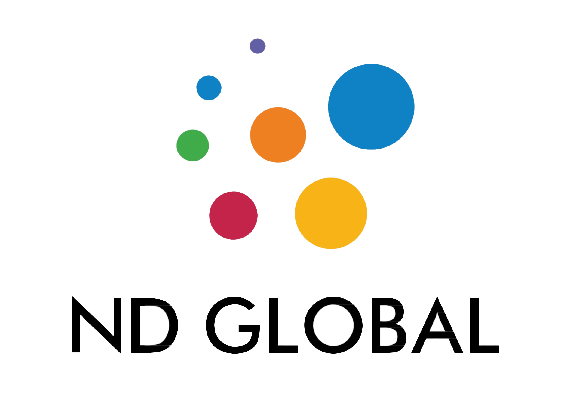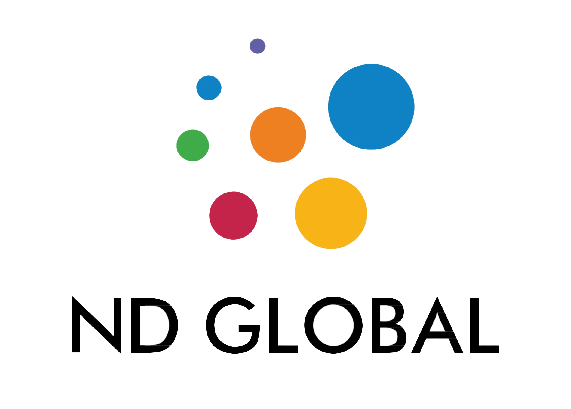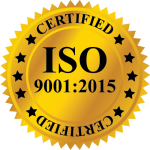Introduction
In recent years, the demand for healthcare professionals has surged to unprecedented levels. From the global pandemic to an aging population and the increasing burden of chronic diseases, healthcare staffing has become one of the most critical challenges facing the industry. The ability to recruit, retain, and manage healthcare workers efficiently is no longer just an administrative concern—it is essential for ensuring quality patient care and maintaining the stability of healthcare systems worldwide.
The Growing Demand for Healthcare Professionals
Several factors are contributing to the increasing demand for healthcare staff:
- Aging Population: As life expectancy rises, more individuals require long-term care, specialized treatments, and hospital services. This has led to an increased demand for nurses, doctors, and caregivers.
- Pandemic and Public Health Crises: The COVID-19 pandemic highlighted the importance of having a flexible and scalable healthcare workforce. It also exacerbated staff burnout and turnover rates.
- Rise in Chronic Illnesses: Conditions like diabetes, heart disease, and obesity-related disorders are on the rise, requiring more specialized care.
- Technological Advancements: With innovations such as telemedicine, AI-driven diagnostics, and robotic surgeries, the need for skilled healthcare professionals trained in emerging technologies is growing.
Challenges in Healthcare Staffing
While demand is increasing, several challenges make it difficult to ensure a steady supply of qualified healthcare professionals:
- Shortages of Skilled Professionals
The healthcare sector faces a significant shortage of qualified personnel, particularly in nursing and specialized fields such as anesthesiology and radiology. According to reports, the U.S. alone is projected to face a shortage of over 500,000 nurses by 2030. - High Turnover Rates
Long working hours, emotional stress, and inadequate compensation lead many healthcare professionals to leave their jobs. High turnover rates disrupt continuity of care and increase recruitment costs. - Burnout and Mental Health Issues
The mental and physical toll on healthcare workers has intensified in recent years. Many professionals report experiencing burnout, leading to early retirement or career changes. - Regulatory and Compliance Challenges
Healthcare staffing must adhere to strict regulatory guidelines, including licensing requirements, patient safety standards, and compliance with labor laws. Managing these complexities can be overwhelming for healthcare institutions. - Geographic Disparities
Rural and underserved areas often struggle to attract healthcare workers, leading to disparities in healthcare access. Urban centers may have a surplus of professionals, while remote areas face severe shortages.
The Role of Healthcare Staffing Agencies
To address these challenges, healthcare staffing agencies play a crucial role in bridging the gap between supply and demand. Here’s how they help:
- Rapid Recruitment Solutions
Staffing agencies have access to extensive databases of qualified candidates, allowing healthcare facilities to fill vacancies quickly and efficiently. - Flexibility and Scalability
Whether a hospital needs temporary, permanent, or travel nurses, staffing agencies provide flexible solutions tailored to specific needs. - Credentialing and Compliance Support
Agencies ensure that candidates meet all licensing and regulatory requirements, reducing the administrative burden on healthcare facilities. - Workforce Optimization
By analyzing staffing needs and workforce trends, agencies help healthcare institutions optimize their staffing levels to improve efficiency and patient care.
Innovations in Healthcare Staffing
Technology is playing a key role in revolutionizing healthcare staffing. Some notable innovations include:
- AI and Predictive Analytics
AI-driven platforms can analyze workforce trends and predict staffing needs, allowing for better planning and resource allocation. - Telehealth and Remote Work Opportunities
Virtual healthcare services are creating new opportunities for healthcare professionals to provide care remotely, reducing the strain on physical facilities. - Automated Credentialing Systems
Digital platforms streamline the verification of licenses, certifications, and qualifications, making the hiring process faster and more efficient.
The Future of Healthcare Staffing
As healthcare continues to evolve, so must the strategies for staffing it effectively. Some key trends shaping the future of healthcare staffing include:
- Emphasis on Work-Life Balance: Healthcare institutions are focusing on improving working conditions to retain talent.
- Diversity and Inclusion Initiatives: A diverse workforce improves patient outcomes and enhances the quality of care.
- Investment in Employee Well-Being: Mental health programs, competitive salaries, and career growth opportunities are becoming priorities.
- Global Talent Acquisition: Many countries are looking internationally to recruit skilled professionals to meet local demands.
Conclusion
Healthcare staffing is more critical than ever due to increasing patient needs, workforce shortages, and evolving healthcare models. Addressing this challenge requires a multi-faceted approach that includes leveraging technology, improving working conditions, and optimizing recruitment strategies. As the healthcare industry moves forward, investing in effective staffing solutions will be essential for ensuring high-quality patient care and a sustainable workforce.










